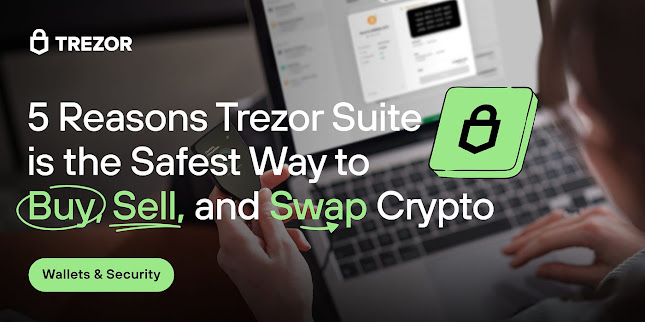Security Tips After Setting Up Trezor via Trezor.io/Start
Setting up your Trezor hardware wallet through Trezor.io/Start is the first step in securing your cryptocurrencies. However, the real journey begins after the initial setup. While Trezor offers one of the safest ways to store digital assets offline, your wallet is only as secure as your practices. Here are some critical security tips to help you protect your assets after the setup.
1. Safeguard Your Recovery Seed
The most important step post-setup is securely storing your recovery seed (also known as the backup phrase). Trezor gives you a 12- to 24-word seed that can recover your wallet if the device is lost or damaged. Write it down on paper and store it in a safe, offline location—preferably two geographically separate places. Never take a photo of it or store it digitally (e.g., in cloud storage, email, or a notes app).
2. Enable a Strong PIN
Your Trezor device allows you to set up a PIN code. This adds an extra layer of protection if someone physically gets a hold of your wallet. Use a PIN that’s not easily guessable (avoid "1234" or birth years), and ensure it’s different from your phone or ATM PINs. Also, avoid reusing PINs across devices.
3. Be Wary of Firmware Updates
Only update your Trezor firmware through the official website or the Trezor Suite app. If you ever get prompted to update firmware from an unknown source or receive an unsolicited email about updates, ignore it. Always verify you're on trezor.io and not a lookalike phishing domain.
4. Use a Passphrase for Extra Security
Trezor offers the option to use a passphrase—a user-defined word or sentence that acts as a 25th word to your recovery seed. It adds another layer of encryption that even someone with your seed can’t bypass. But be cautious: If you forget your passphrase, you can’t recover your wallet, even with the recovery seed.
5. Beware of Phishing and Social Engineering
Phishing is one of the most common threats to crypto holders. Always double-check URLs before entering sensitive information. Bookmark trezor.io and avoid clicking on links in emails or messages claiming to be from Trezor. Trezor will never ask for your recovery seed online.
6. Avoid USB Sharing and Public Computers
Never plug your Trezor into a shared or public computer. Malware or keyloggers can compromise your setup. Always use trusted devices and ensure your computer has up-to-date antivirus protection.
7. Regularly Check Wallet Activity
While your Trezor is offline, you can still monitor your crypto addresses using blockchain explorers. This ensures you detect any unauthorized transactions early. Also, periodically plug in your Trezor to the official app to verify balances and wallet health.
8. Stay Informed
The crypto security landscape is always evolving. Subscribe to Trezor’s official blog or follow their social media for updates on potential threats or new security features. Knowledge is a key part of keeping your assets safe.
Conclusion
Setting up your Trezor wallet is a solid first step, but maintaining security requires ongoing awareness and best practices. By following these post-setup tips, you can significantly reduce your risk of loss or theft. Remember: your security is in your hands.

.jpg)



Comments
Post a Comment